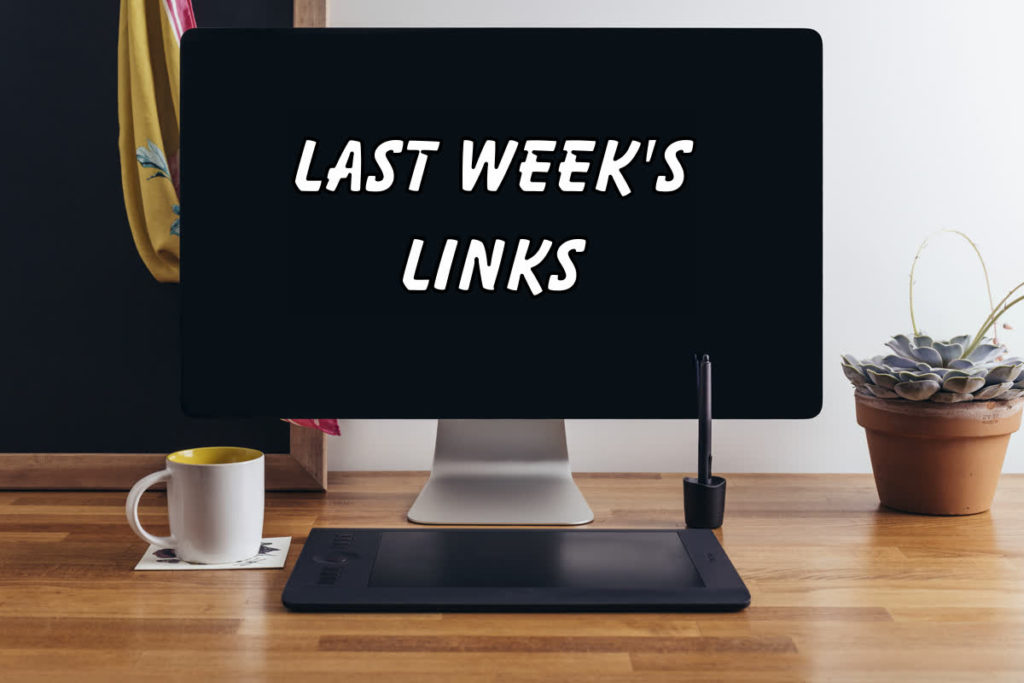All Our Possible Lives: On Sylvia Plath, Matt Haig, and the Female Suicide Narrative
“Savannah Marciezyk Compares Textual Interpretations of The Midnight Library and The Bell Jar”
Sylvia Plath and Matt Haig have much in common, but the differences between their receptions and textual interpretations are remarkable. Plath’s novel is famously (and controversially) autobiographical. Haig has been open about his struggles with depression and suicidality; he’s acknowledged that Nora’s struggle reflects many aspects of his own. . . . Readers and critics can’t get enough of Haig, it seems, but they can certainly get enough of Plath. Novelty is a powerful force, especially in the eternally changing landscape of social media, but Plath is arguably more relevant than ever.
Find Your Bunk, Change Your Life: Thinking About Liminal Spaces in Books, TV, and Movies
“Katie Lattari, author of Dark Things I Adore, joins us to discuss how transitional places—such as camps, colleges, and boarding schools—serve as powerful settings for stories of thrills, chills, and gore.”
One of the major themes of Life Stories in Literature is “change your story, change your life,” so the title of this article instantly attracted me. Lattari explains that stories set in environments such as summer camp, boarding school, or college are so common and so powerful because they are settings that the characters are meant to leave. The experiences during time in such settings shape the characters and affect how they live their lives from that point forward.
Behold, the Book Blob
R.E. Hawley here describes what he calls “the book cover, that of the current literary zeitgeist, whose abstract splotches are a ubiquitous presence in the new releases display at your local bookstore.” I hadn’t ever thought of this, but the article begins with a display of 12 recent book covers that obviously illustrate this trend, which Hawley says is now “well into its third or fourth year in the major publishing houses.”
Why is this happening? And what does this trend purport for the future of publishing and of literature?
Ruth Ozeki, Amplifier
“Her latest novel teems with voices — most of them belonging to what she might call ‘nonhuman persons.’”
Helen Shaw discusses author Ruth Ozeki:
Ozeki, now 65, lived at least four lives before she even started writing. She published her first book when she was 42. From that novel, 1998’s My Year of Meats, through All Over Creation, the Booker Prize–shortlisted A Tale for the Time Being, and a memoir called The Face: A Time Code, she has shifted her readers’ way of perceiving what is “normal” through a sort of slow, capillary action.
4 Best Planners to Achieve Your Reading Goals
I did not even know that there exist companies that let you design your own personal planner, which they then print especially for you. But such companies do exist, and Namera Tanjeem has tried several of them and here reports on her findings.
What Tanjeem reports on here is her experiencing creating a planner that focuses on her reading and book-blogging goals. This interested me because most planners are filled with habit trackers and other information blocks that have absolutely nothing whatsoever to do with my life. (A daily water-intake tracker? Really?)
Note that what Tanjeem describes is not a reading journal, which—at least to me—means a record of my experience reading a particular book, with notes about how and why an author uses certain writing techniques to achieve certain ends. But, especially if you’re a book blogger, the planners Tanjeem has created here will help you keep track of both reading and writing/blogging goals (so that Goodreads won’t hit you every month with how far behind schedule in your annual reading challenge you are).
What if Trigger Warnings Don’t Work?
“New psychological research suggests that trigger warnings do not reduce negative reactions to disturbing material—and may even increase them.”
I admit I’ve had mixed feelings about trigger warnings for literature ever since I started hearing about them several years ago. Jeannie Suk Gersen, a contributing writer to The New Yorker and a professor at Harvard Law School, takes a deep dive into the history and effects of such warnings.
What About the Heroine’s Journey?
“The Harvard scholar Maria Tatar has made a career of studying fairy tales and folklore. Now she is taking aim at Joseph Campbell and showing us the women he left out of the story.”
Maria Tatar, a Harvard professor “who is one of the world’s leading scholars on folklore,” has written a new book, The Heroine with 1,001 Faces, coming out this month. Her book looks at what Joseph Campbell’s highly influential 1949 study The Hero With a Thousand Faces left out, “though she is careful not to frame it as an assault.” She says that she thinks of her book as more of a sequel to Campbell’s book, rather than a counternarrative or an attack.
© 2021 by Mary Daniels Brown



I just read “The Book Blob,” which led me down a fascinating rabbit hole of book cover design.
I usually don’t think much about or pay much attention to book covers. But the two rows of illustrations at the beginning of the article really got my attention. They made the article’s point so obvious.
I’ve been paying closer attention recently because so many covers look similar to me, the book blob being a case in point.